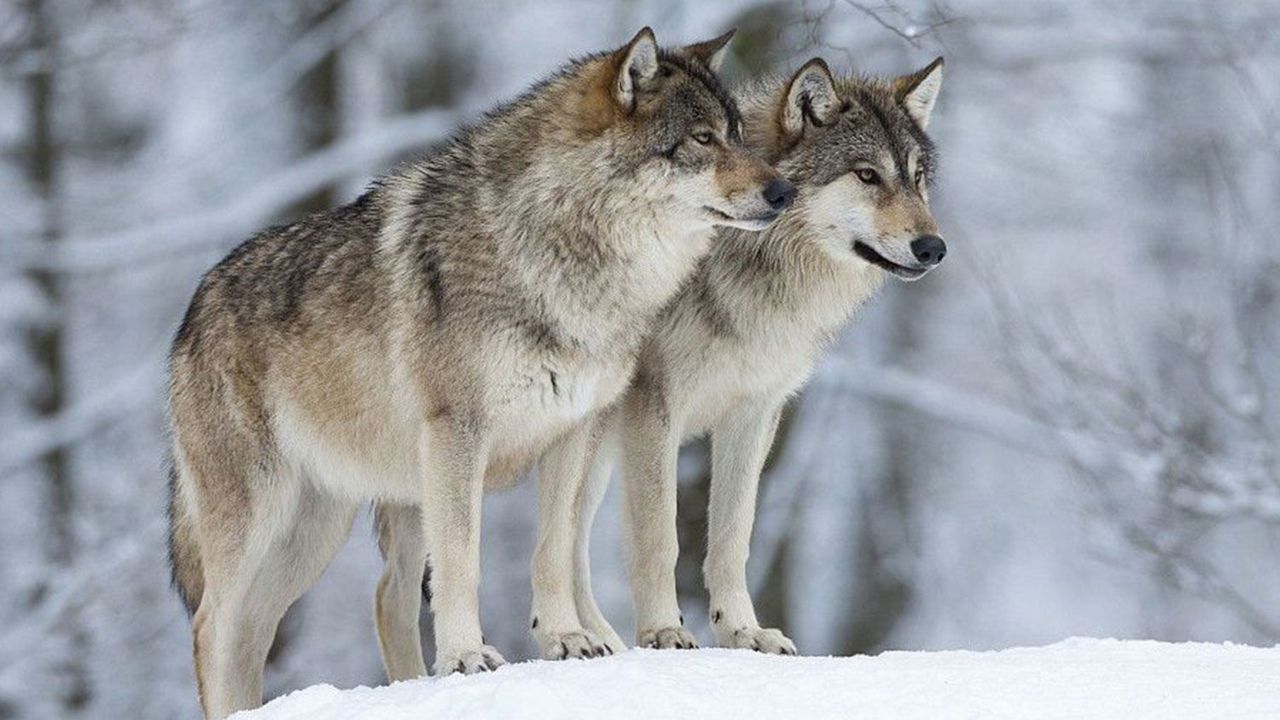Chernobyl Wolves offer clues in cancer research
The wolves of Chernobyl, which roam the abandoned city's wastelands and are exposed to cancer-causing radiation, appear to have developed a resistance to cancer, according to a recent study

Mutant wolves roaming the deserted streets of Chernobyl have been found to have developed resistance to cancer, raising hopes that the findings could help scientists fight the disease in humans.
In 1986, after a reactor explosion at the Chernobyl nuclear power plant in Ukraine, more than 100,000 people were evacuated from the city as radiation from the blast spread.
The area has remained eerily abandoned ever since, with the establishment of the Chernobyl Exclusion Zone (CEZ) aimed at preventing people from entering a 1,000-square-mile area where radiation still poses a cancer risk.
Though humans may not have returned, wildlife such as wolves and horses continue to roam the wastelands of the evacuated city more than 35 years after the disaster.
Dr. Cara Love, an evolutionary biologist and ecotoxicologist at Princeton University in the U.S., has been investigating how Chernobyl's wolves manage to survive despite generations of exposure to radioactive particles.
In 2014, Dr. Love and a team of researchers ventured into the CEZ, fitting radio collars on the wolves to monitor their movements. According to Dr. Love, these collars provide the team with "real-time measurements of where (the wolves) are and how much (radiation) they are exposed to."
Additionally, they collected blood samples to better understand how the wolves' bodies respond to cancer-causing radiation.
Source: Newsroom







